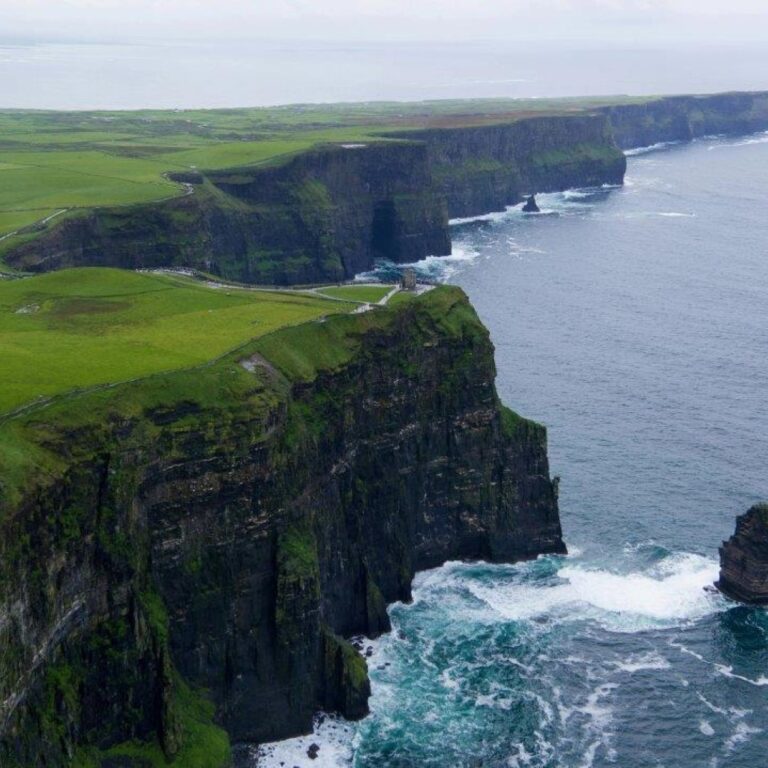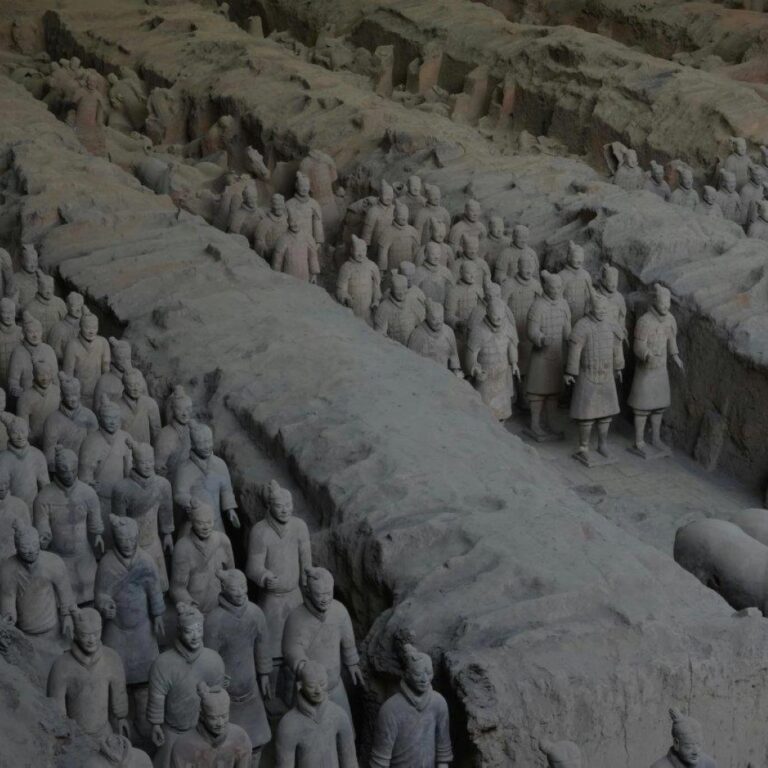People call Ireland the Emerald Isle for its lush green landscape. This greenery results from frequent rain and a mild climate.
The country is home to over 30,000 castles and castle ruins, reflecting its long and storied history.
Ireland is the birthplace of Halloween, which originated from the ancient Celtic festival of Samhain, marking the end of the harvest season.
The Irish harp is the national symbol of Ireland, making it the only country in the world with a musical instrument as its national emblem.
Ireland has two official languages: Irish (Gaeilge) and English, with Irish being a compulsory subject in schools.
St. Patrick's Day, celebrated on March 17th, is Ireland's national holiday and is recognized around the world as a celebration of Irish culture.
The Cliffs of Moher, located on the west coast of Ireland, are one of the most visited natural attractions in the country, offering stunning views of the Atlantic Ocean.
The Titanic, the famous ship that sank in 1912, was built in Belfast, Northern Ireland.
Ireland has a strong literary tradition, with famous writers like James Joyce, W.B. Yeats, and Oscar Wilde hailing from the country.
The country is known for its traditional music and dance, including the famous Riverdance, which showcases Irish step dancing.
Ireland is home to Newgrange, a prehistoric monument that is older than Stonehenge and the Great Pyramids of Giza.
The Irish flag consists of three vertical stripes of green, white, and orange, symbolizing Irish Catholics, Irish Protestants, and peace between them.
Dublin, the capital city, has more green spaces per square kilometer than any other European capital.
The Wild Atlantic Way is the longest defined coastal driving route in the world, stretching over 2,500 kilometers along Ireland's west coast.
Ireland is one of the few countries in the world that has never had snakes, a fact often associated with the legend of St. Patrick driving the snakes out of the country.



